Impact of diet on 10-year absolute cardiovascular risk in a prospective population cohort. Presented at EAS 2022, SAAG session 22: Big data of CVD risk and treatments
Imbalanced and unhealthy diets are leading global risks to health and in particular to cardiovascular disease. Nearly 8 million deaths yearly are attributable to poor dietary habits, and unhealthy diets are associated with increased lipid levels and atherosclerotic cardiovascular disease (ASCVD). The potential for prevention is thus substantial; however, current commitments to reduce morbidity and mortality from premature non-communicable disease are not met. Applicable strategies to help implement adherence to dietary guidelines and to improve general public health are needed.
MD, PhD student Emilie Westerlin Kjeldsen, Professor Ruth Frikke-Schmidt and colleagues investigated the impact of incorporating dietary assessment into ten-year absolute risk charts for cardiovascular disease. In a study of 94,321 individuals from the Copenhagen General Population Study, 10-year risk estimates including dietary assessment performed similar to risk charts according to the SCORE2 model including non-HDL cholesterol.
Professor Frikke-Schmidt suggests that using dietary assessment in risk charts instead of cholesterol levels in blood may enhance the motivation for the patient to adopt a healthy diet, since a measurement of cholesterol for some patients can be difficult to understand. Risk charts including dietary assessment could be an additional instrument for the clinician to use in general practice or in cardiology departments when determining a patient’s risk of developing CVD or when discussing lifestyle habits. Incorporation of dietary assessment into 10-year absolute risk charts has the potential to convince patients to adhere to dietary guideline recommendations. Improved implementation of national dietary guidelines must be a cornerstone in prevention of cardiovascular disease and can also provide environmental benefits. Risk charts including a short dietary assessment can be a tool to change people’s diet, not only to a healthier diet, but also to a more sustainable one.
SAAG SESSION 22: BIG DATA OF CVD RISK AND TREATMENTS
First author: Emilie Westerlin Kjeldsen
Last and corresponding author: Ruth Frikke-Schmidt (presenter)

